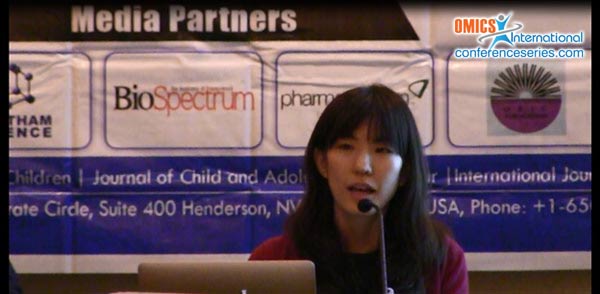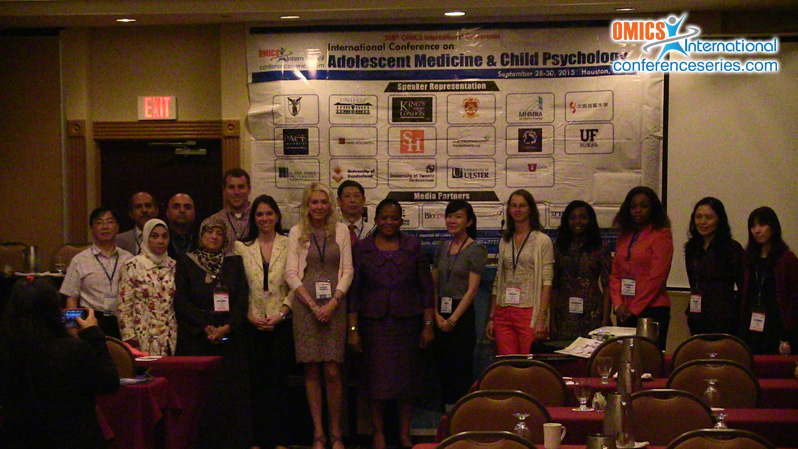
Ikuko Shibya, Takashi Kawanabe
Osaka Seiki College, Ritsumeikan University, Japan
Title: Children’s knowledge about using scissors and its influence on their motor performance
Biography
Biography: Ikuko Shibya, Takashi Kawanabe
Abstract
Tool use is a goal-oriented, object manipulation that demands highly cognitive efforts. Shibuya (2012) demonstrated that some children notably lacked the precision to cut figures on a paper although they appropriately held scissors. And this might be caused by poor motor planning and control. This study aimed to examine children’s knowledge of a strategy of the motor planning and control to use scissors purposefully. Study 1 investigated how children understood the knowledge of “trade-off” relationship between motor speed and motor accuracy. It was hypothesized that children who understood the “trade-off” relationship would be good at motor planning, which would let them cut a circle accurately. The children were classified into two groups according to their response to the knowledge problems; “well understanding” and “poor understanding”. The “well understanding” group cut more accurately than the other group in a marginal significance. However, several children in the “poor understanding” group cut a circle without any error, and vice versa. These results suggest that the knowledge of “trade-off” relationship partly influences children’s motor performance, but it is just one of the factors. In Study 2, we focused on the different aspects of children’s knowledge related to movement, that is, the knowledge of smooth bimanual coordination strategy. Specifically, whether the children understood that bracing and rotating a paper by non-dominant hand affect motor accuracy was examined. Based on the results of Study 1 and 2, the influence of children’s recognition related to movement on their motor performance will be discussed in the session.



